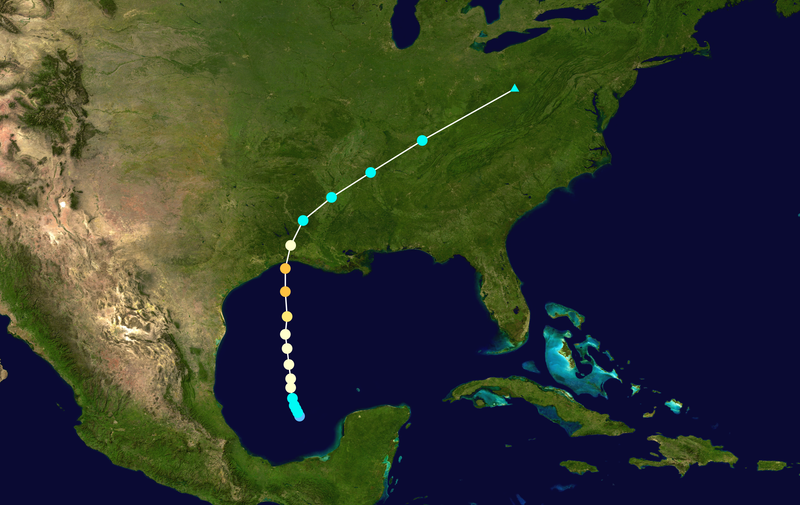|
Today in New Orleans History |
|
|
June 28



 

To receive an update for each day in New Orleans
history, join our facebook page
- Today in New Orleans History
Tweet
As a boy Al Copeland and his family had lived for a time in the St. Thomas public housing project.
He dropped out of high school at 16 and after drifting through low-paying jobs he worked at a doughnut shops of which his
brother, Gil, had an ownership interest. Al bought his own shop in 1962 at age18. In 1971 he opened Chicken on the Run,
serving mild-flavored fried chicken and loosing money. Copeland changed the name and the recipe – serving spicy chicken
at Popeyes Mighty Good Fried Chicken (he named it for Gene Hackman's French Connection character Popeye Doyle). Renaming
it again to Popeyes Famous Fried Chicken he began franchising the restaurants and by 1976 eight-hundred Popeyes locations
were operating in the U.S. and abroad. Some 500 outlets were added over the next 10 years, followed by 200 more. By 1989
(when this photograph was taken) Popeyes was the third-largest chicken chain in the United States. During that same year,
June 28 was declared “Al Copeland Day” in both the city of New Orleans and the state of Louisiana.
The International Franchise Association named him the 1989 Entrepreneur of the Year. Other awards followed: the Louisiana
Restaurant Association honored Al Copeland with their first Service to Humanity Award, he was entered into their Hall of Fame
in recognition of his many contributions to the community, and he received the organization's Lifetime Achievement Award.
According to Buddy Stall at http://clarionherald.org/20000316/stall.htm: New Orleans, in its illustrious history, has had the distinction of celebrating many firsts.
In fact, jazz, the very first art form in North America, was born in New Orleans. Just as virtually everyone knows that New
Orleans is the birth place of jazz, the opposite holds true in the fact few people know that the very first movie theatre
in North America was also in New Orleans. The first movie in New Orleans was shown on an outdoor screen on the lakefront June
28, 1896, by Allen B. Blakemore, an electrical engineer for the New Orleans City and Lake Railroad. Blakemore reduced
the five-hundred-volt current from the trolley line for his wonderful vitascope machine by way of a water rheostat.
By ordinance of June 28, 1836 a High Constable was to be elected to serve as head of
the Day Police. He was required to be in attendance at the Recorder's Court daily and was charged with distributing the other
constables to best serve the peace and quiet and safety of the citizenry. The High Constable was also to employ "intelligent
and discreet persons" to function as a secret police. Each day he was to report any police matters to the Recorder and
was to keep a register of free persons of color and suspicious strangers. The members of the Night Watch were to walk their
beats continuously while on duty. They were to arrest slaves out at night without passes; to arrest suspicious persons; to
report on the lamps; to order the closing of cabarets "after gunfire"; to arrest offenders causing any breach of
the peace; and to sound the alarm for fires. The armory was to be used only when conditions warranted, as determined by
the Recorder or the commanding officer. (NOPL)
|
|
|

To receive an update for each day in New Orleans history,
join our facebook page - Today in New
Orleans History.
Analytics |


